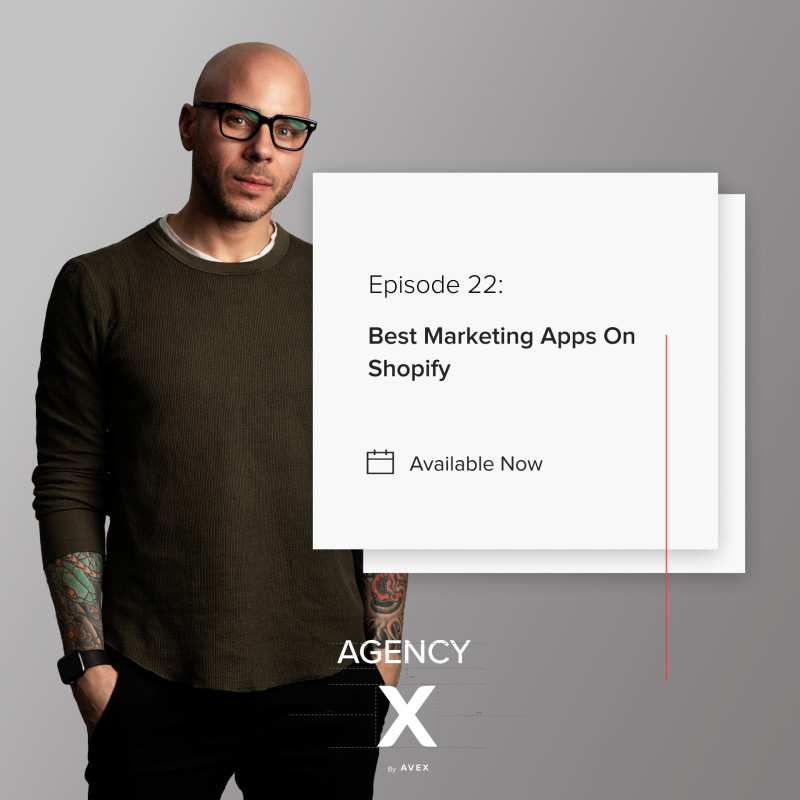What to Consider Before Going Headless

Quick Summary Have you ever considered a headless commerce platform for your online fashion, lifestyle, beauty, or home goods store?
Headless commerce is an e-commerce solution that manages content without the “head,” or the frontend delivery layer of a website that your users see. This leaves only the backend or the portion of the website that users don’t see.
In a typical website build, the frontend and backend are both managed via the same content management system (CMS). But in a headless environment, the backend is managed through a system such as Jamstack or Contentful. The frontend can be either created from scratch by developers or managed through a “frontend as a service” tool such as Shogun. Developers then use APIs to render the website's interface and adjust it properly to all devices.
Should you make the switch to a headless environment? Let’s discuss.
Background on Going Headless
The concept of going headless is becoming more popular in the e-commerce industry. Consumers today have multiple methods of shopping online, from websites to social media feeds to Internet of things (IoT) devices such as Amazon Alexa or Google Home smart speakers. With all these different touchpoints, managing an e-commerce website within a single platform has become increasingly difficult.
Headless architecture allows backend developers to separate these touchpoints from the commerce functionality and pull in different pieces of information such as products, blog posts, and customer reviews to any screen or device. Frontend developers can then work to present that content using a framework of their choice.
Headless commerce is usually surrounded by confusing jargon and complex explanations. But it has the potential to enhance your online store and increase conversions. This makes it a worthwhile process if you have the time, resources, and budget available.
In this article, we’ll talk about the pros and cons of going headless and review everything you need to consider before making the switch.
The Pros of Going Headless
1. You have full control over the design of your site, which helps improve the user experience.
While traditional websites are limited to predefined themes and templates, headless platforms allow your developers to build the framework they want. And because there is no frontend on headless platforms, you have more control over the look and feel of your website. You can design it to reflect your brand's identity without trying to fit it into an unoriginal or outdated template. In headless environments, designers can also create multiple user interfaces to accommodate shoppers on whichever platform or device they use to browse your website. This creates a seamless shopping experience across devices and allows you to reach your customers where they are.
2. You can create your own process for the users of your CMS to manage content.
Headless environments offer more flexibility than traditional website builds, especially when it comes to updating content. Because the frontend and backend are separate, your teams can work on the website simultaneously. Changes can be made to the interface without testing all the logic in the backend. This allows you to create your own process for updating and managing content.
3. You can customize more parts of your site, including the checkout experience.
Each touchpoint that can be accessed by a consumer provides a different way of shopping. An e-commerce site needs to be flexible to provide a seamless shopping experience, regardless of where the customer is shopping from.
In a traditional website platform, developers have to edit multiple layers of code to customize the shopping experience for each touchpoint. But with a headless commerce store, the presentation layer isn't coupled with the backend. You have more options to customize various parts of your site, whether it's a product detail page or the checkout process.
4. You can personalize your store's pages for customers more easily.
Headless environments allow you to easily display different types of content to different types of consumers. For example, you can display certain items from your store only to a group of customers in a specific geographic location.
Headless environments also allow you to manage content for more channels. Because the site isn't tied to a single presentation layer, you can display different types of content across various channels, apps, or devices.
This allows you to deliver a more personalized experience to your customers. And when they can see products that are most relevant to their preferences and interests, they are more likely to make a purchase.
Are you seeing 30% of revenue from Email & SMS Marketing? Let's Discuss.
5. You can potentially decrease your page speed, which also improves user experience.
Page speed is an important element to keep your customers happy. If your site loads slowly, they can become frustrated and leave to shop on a competitor's site instead. Research has shown that conversion rates drop by an average of 4.42% with each additional second of load time.
With headless commerce sites, the frontend and backend are connected through a series of APIs. A headless e-commerce platform doesn't have to carry the weight of the data from the frontend presentation layer. This enables the website to load faster and retain your users.
6. All these factors combined can lead to higher conversion rates.
Headless commerce sites are aimed at improving performance and increasing conversions. By removing the limitations of traditional website builds, they offer you more options to develop your storefront to match the needs of your own customers.
A headless environment also allows developers to experiment with your site's interface without affecting the backend. For example, they can A/B test a new checkout process and implement new changes in real-time without causing any interruptions for the customer. You can roll out processes that are proven to work more quickly, thus increasing your chances of achieving higher conversion rates.
The Cons of Going Headless
1. It’s almost impossible to do without a team of developers and designers.
CMS platforms such as Squarespace and Wix are easy for non-developers to use. Even WordPress has options for users who aren't tech-savvy.
On the other hand, managing a headless commerce store requires a unique set of skills and knowledge. Each element required for a headless environment has its own nuances and security vulnerabilities. Only a true expert will know how to navigate them.
2. It may be expensive due to ongoing work with developers and the need to manage two environments.
Because the backend and frontend are housed in separate environments, you need to pay for two different systems. You may end up spending twice the amount of money on monthly hosting and maintenance costs. You'll also have to pay twice the amount of costs upfront when you make the switch.
3. CMS users can’t view the content exactly as it will look on the site before publishing it.
In a traditional CMS such as WordPress or Joomla, users can edit page content using “what you see is what you get” or WYSIWYG editors and preview the page before it is published.
With a headless platform, users have to log into a separate application to update content. Frontend developers then retrieve the content via an API. This means that your CMS users may lose some autonomy and will have to depend on other team members to determine how the content will render.
Things to Consider Before Going Headless
Transitioning to a headless environment isn't for everyone. It's not a decision that should be taken lightly. In addition to the pros and cons, you'll need to think about a few other things before making the switch.
1. Determine if the correct tools, resources, and budget are available.
If you have a new or small business, going headless may not be the right step for you. You should already have a trusted team of developers or the ability to outsource the project to another team. Otherwise, the process may be too complex.
Headless solutions are not ideal for brands with limited budgets. This is not an area where you want to cut corners. Unless you're willing to make a large investment, sticking with your current website is the best option.
2. Figure out if you want total control.
If you’re happy with your current setup despite the limitations of your CMS, going headless isn’t the right choice. A headless environment is best for those who are frustrated with the lack of customizations available in a traditional website environment.
3. Think about it from the customer’s point of view.
If your user experience has become too complicated because you have a lot of inventory or a poor web design, your store may have grown enough to benefit from an upgrade. Going headless may solve many of your issues and improve the experience for both your customers and your team members.
Final Thoughts
Using headless commerce can help your business soar as long as you’re ready to handle its complexities.
If you think you're ready for headless commerce or if you would like to grow your store to the point where headless makes sense, contact Avex Designs. We're here to understand your needs, help you set up your e-commerce store, and grow your business to new heights.



